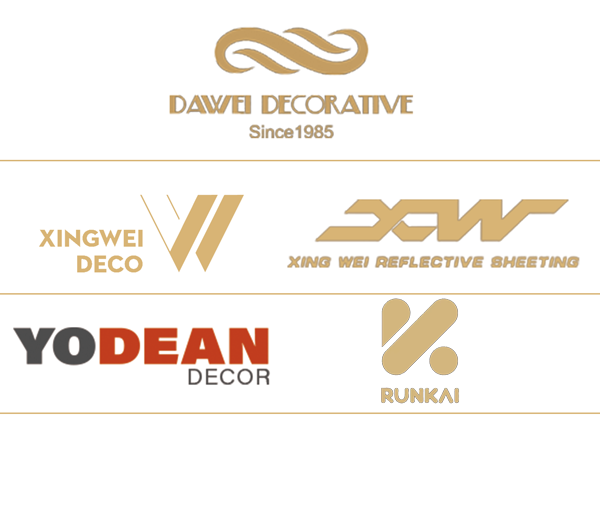Edge banding is a popular finish for plywood. Its application is easy and it protects the inner layers from moisture. It also provides a refined look to this inexpensive material. Whether you’re restoring an old home or building a new one, edge banding will make the difference.
Easy to apply
This article will show you how to apply edge banding on plywood. First, you need to prepare the edges of the plywood by cleaning them and making sure they are flat. Next, you need to place the banding on the edge. Once you have done that, you can now apply the glue. You can use an iron to apply the glue to the plywood. While you are applying the glue, you should keep the iron at a lower setting so you don’t burn the wood. You can also use a utility knife to cut off the excess banding.
Next, you need to determine how you’re going to apply the edge banding. Depending on your project’s purpose, you can choose to leave the edges uncovered or apply it to protect them from snagging. Either way, edge banding is a great way to give your plywood project a finished appearance and protect it from being damaged.
Protects inner layers from moisture
Waterproofing plywood edges is an easy and effective way to prevent water from seeping through the plywood. Using paint, polyurethane, or epoxy, you can create a barrier that protects the inner layers from water damage. If you want to make the plywood even more durable, you can apply a waterproofing sealer. A PVC edge banding tape is ideal for this purpose. It is stronger than standard wood-based glues, and provides better moisture resistance.
Edge banding is a thin material that seals the raw edges of plywood. It’s made from wood veneer or PVC and comes in various shades. Edge banding is often secured to the plywood edges with a hot-melt adhesive. This prevents the inner layers from warping and rotting. However, edge banding is not appropriate for residential use.
Adds a solid-wood look
Adding edge banding to plywood is one way to create a solid-wood look in your plywood projects. To install plywood edge banding, simply clamp the plywood into a vertical position. Then, line up the banding with the edge of the plywood. Use a slow ironing speed of two inches per second to activate the adhesive. When the adhesive is cool, use a wooden block to push it down. Afterward, use an edge trimmer to remove any excess edge banding.
Plywood edge banding comes in different varieties. Some are available in pre-glued, glue-less, and peel-and-stick varieties. You can use either type, depending on your project’s specifications. Edge banding is easy to apply, and once you’ve done it a couple of times, it becomes second nature.
Is environmentally friendly
Edge banding is used to finish the edges of plywood. It is easy to apply and comes in many wood species. There are two common types: glued and unglued. The glued edge banding has a thin adhesive layer, and it can be secured with an iron. Unglued edge banding can be removed with a sharp knife.
Natural-based edge banding is environmentally friendly, and it has a lower carbon footprint. Natural adhesives have fewer toxic ingredients than synthetic ones. Plywood can be recycled after it is used, and wood is a generally sustainable material.
Is heat resistant
Heat resistant edge banding is a common finish on new furniture and cabinets. It protects the plywood from warping and splintering when exposed to heat. Before installing it, make sure the plywood is properly cooled before applying the edge banding. If it’s too hot, the edge banding may not be secure.
When installing plywood, edge banding is essential. It protects the plywood from heat, and it is also an aesthetic touch. For instance, veneer edge banding is the perfect choice for plywood projects. It comes in a wide range of wood grains and types. In addition, it matches any project well.


Leave a Reply
Want to join the discussion?Feel free to contribute!